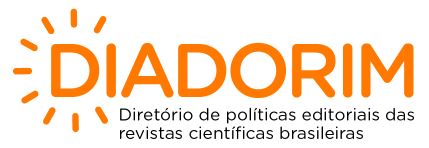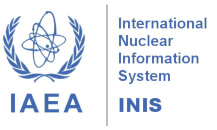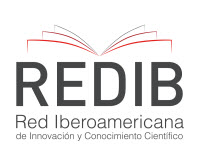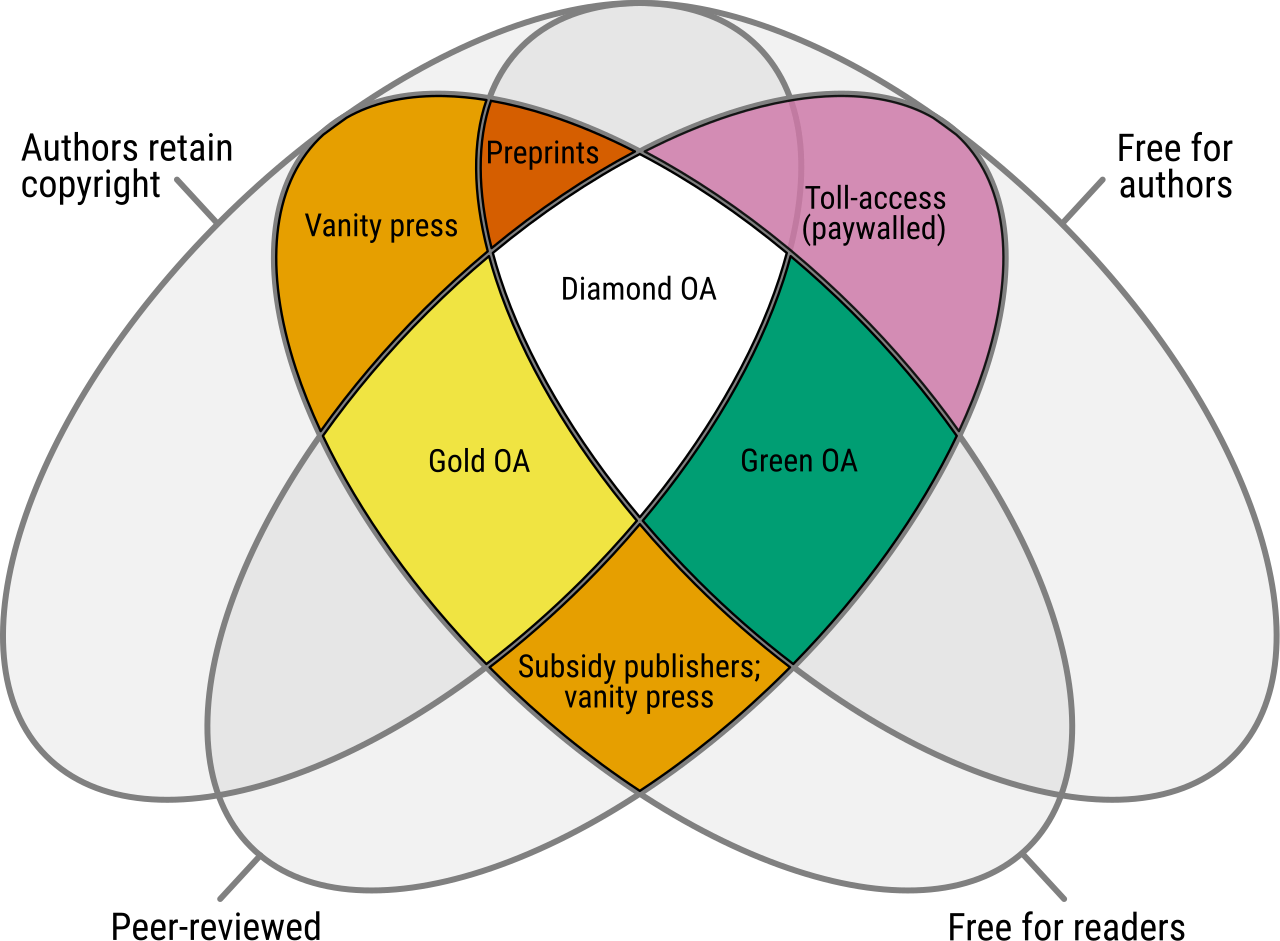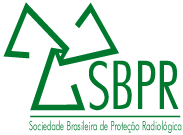The Impact of Implementing the Design Basis Threat Concept on the Regulatory Infrastructure of the Brazilian Nuclear Sector: Analysis and Perspectives
DOI:
https://doi.org/10.15392/2319-0612.2025.2870Keywords:
design basis threat, nuclear security, nuclear regulation, nuclear facilitiesAbstract
Fundamental Principle G of the 2005 Amendment to the Convention on the Physical Protection of Nuclear Material, ratified by Brazil in 2022, guided the conceptual development of the Design Basis Threat (DBT) and justified the proposal for its implementation in the Brazilian nuclear regulatory framework. The first step in the implementation process, coordinated by the Directorate for Safety, Security, and Safeguard of the Brazilian National Nuclear Energy Commission, is the regulatory impact analysis, a qualitative analysis based on reviewing international and national documents and institutional procedures. In addition to the regulatory impact analysis, an action plan and proposals for the creation of new documents were structured. It was concluded that the DBT concept implementation would allow the transition of the regulatory approach, the optimization, and expansion of the protection of selected critical facilities, the centralization of the definition of threats by the State, ensuring strategic coherence and reducing operational gaps previously associated with fragmented responsibility; and the creation of new documents such as the National Threat Report, resulting from the interaction between the public security sector, the regulator and operators.
Downloads
References
[1] Becquerel, A. H. Sur les radiations émises par phosphorescence. Académie des sciences. Paris, 122, pp. 420-421, 1896.
[2] International Atomic Energy Agency. Convention on the Physical Protection of Nuclear Material (CPPNM) and its Amendment. Website of IAEA. Available at: <https://www.iaea.org/publications/documents/conventions/convention-physical-protection-nuclear-material-and-its-amendment>. Accessed at: 12/02/2024.
[3] Presidency Republic Decree Nº 11188, from September 5, 2022. Promulgates the Amendment to the Convention on the Physical Protection of Nuclear Material, adopted by the Federative Republic of Brazil, in Vienna, in 2005. Gov.br: Planalto website. Available at: <https://www.planalto.gov.br/ccivil_03/_ato2019-2022/2022/decreto/D11188.htm#:~:text=DECRETO%20N%C2%BA%2011.188%2C%20DE%205,%2C%20em%20Viena%2C%20em%202005.>. Accessed at: 05/09/2025.
[4] CNEN Digital Memory Library. Deliberative Committee Resolutions. CNEN website. Available at: <https://memoria.cnen.gov.br/memoria/ResolucaoCD.asp>. Accessed at: 08/13/2024
[5] Law Nº 14222, from October, 15, 2022. Creates the National Nuclear Safety Authority (ANSN). Gov.br: Planalto website. Available at: <https://www.planalto.gov.br/ccivil_03/_ato2019-2022/2021/lei/l14222.htm>. Accessed at: 05/09/2025.
[6] NSS Nº 10-G. Nuclear Security Series Nº 10: National Nuclear Security Threat Assessment, Design Basis Threat and Representative Threat Statements. IAEA. Vienna, Áustria. 2021.
[7] Tavares, R. L. A. Projeto e avaliação do sistema de proteção física de uma instalação nuclear. 133p. Master’s thesis (Master in Nuclear Engineering) – Military Engineering Institute, Rio de Janeiro. 2018.
[8] IAEA Nuclear Safety and Security Glossary. International Atomic Energy Agency website. Available at: < https://www-pub.iaea.org/MTCD/Publications/PDF/IAEA-NSS-GLOweb.pdf >. Accessed at: 08/26/2022.
[9] CNEN Regulatory Standards. CNEN website. Available at: <https://www.gov.br/cnen/pt-br/acesso-rapido/normas/normas-para-instalacoes-nucleares >. Accessed: 10/08/2024.
Downloads
Published
Issue
Section
Categories
License
Copyright (c) 2025 Ricardo Washington Dutra Garcêz, Alexandre Roza de Lima, Renato Luiz Alves Tavares, José Marques Lopes, Maurício Santarosa Pereira da Silva, Victor de Castro Vasconcelos, Luiz Fernando Bloomfield Torres, Josélio Silveira Monteiro Filho

This work is licensed under a Creative Commons Attribution 4.0 International License.
Licensing: The BJRS articles are licensed under a Creative Commons Attribution 4.0 International License, which permits use, sharing, adaptation, distribution and reproduction in any medium or format, as long as you give appropriate credit to the original author(s) and the source, provide a link to the Creative Commons license, and indicate if changes were made. The images or other third party material in this article are included in the article’s Creative Commons license, unless indicated otherwise in a credit line to the material. If material is not included in the article’s Creative Commons license and your intended use is not permitted by statutory regulation or exceeds the permitted use, you will need to obtain permission directly from the copyright holder. To view a copy of this license, visit http://creativecommons.org/licenses/by/4.0/




